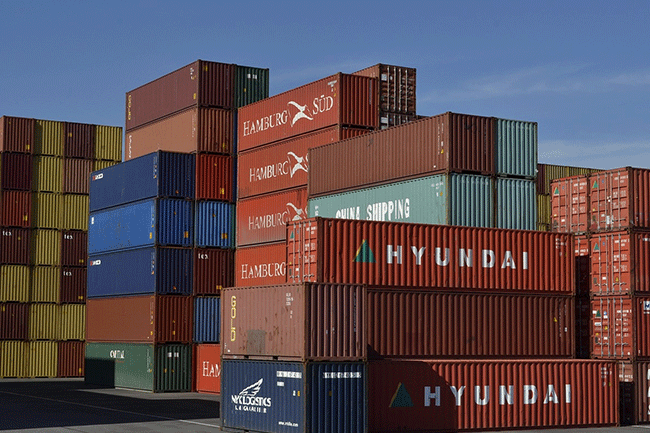- Shanghai Zhongshen International Trading Co., Ltd. – Your reliable partner with 20 years of import/export agency service expertise.
The US Dept. of Energy revised energy standards for cooking products like ovens & cooktops, impacting IAEC & design. Learn key changes for manufacturers.
In the new standards, the Department of Energy proposed modifying the existing regulatory standards for gas stove panels, eliminating the requirement for continuous burning pilot lights. This change aims to reduce energy waste and improve the energy efficiency of gas stoves.
2. For kitchen stoves, the Department of Energy has proposed new performance standards, namely the maximum integrated annual energy consumption ("IAEC"). Among them, electric stoves are measured in kilowatt-hours per year ("kWh/year"), while gas stoves are measured in thousand British thermal units per year ("kBtu/year"). The maximum integrated annual energy consumption includes active mode, standby mode, and off-mode energy. According to the new standards, the maximum integrated annual energy consumption for coil electric stoves is 199 kWh/year; for smooth electric stoves, it is 207 kWh/year; and for gas stoves, it is 1204 kBtu/year.
For ovens, the Department of Energy clarified the prescriptive design requirements for oven control systems. Conventional ovens must not be equipped with control systems that use linear power supplies, and continuous burning pilot lights are prohibited. This change aims to reduce energy consumption and waste in ovens while also improving product safety.
In summary, the new standards issued by the Department of Energy aim to promote energy conservation and emission reduction in consumer traditional cooking products by optimizing product design and specifying performance standards. The implementation of the new standards will have certain impacts on manufacturers and consumers, but it will also help improve product quality and competitiveness, while making positive contributions to environmental protection.
Related recommendations
- 馬來(lái)西亞咖啡進(jìn)口全流程解析:從產(chǎn)地到貨架的關(guān)鍵步驟
- How Can Environmental Equipment Exports Steer Clear of the Three Major Compliance Minefields?
- Disinfection-equipment export held up by customs inspection? A professional walk-through of the entire clearance process
- 2025 Global Equipment Export Market Landscape Evolution: The Core Value of Professional Agency Services and Emerging Market Strategies
- Is the wine-import agency business really a high-margin goldmine?
? 2025. All Rights Reserved.










